Poultry
Vitamin E is typically supplied in the form of tocopheryl-acetate (T-Ac) since tocopherol (T) has stability issues. Tocopheryl-acetate, however, must be hydrolyzed in the intestines before it can be absorbed, a step that is purportedly rate-limiting for its bioavailability. The objective of this study was to compare the efficiency of absorption of T-Ac and T in broilers. In addition, two test procedures were evaluated in which animals received the test substances for either 2 or 4 days only. Animals were adapted to diets without supplemental vitamin E (feedstuffs contributed 14±1 ppm natural vitamin E (RRR-tocopherol)) till the age of 25 d (individual housing) or 28 d (group housing). Subsequently, they were fed T-Ac at 80, 53, 36, 24, o
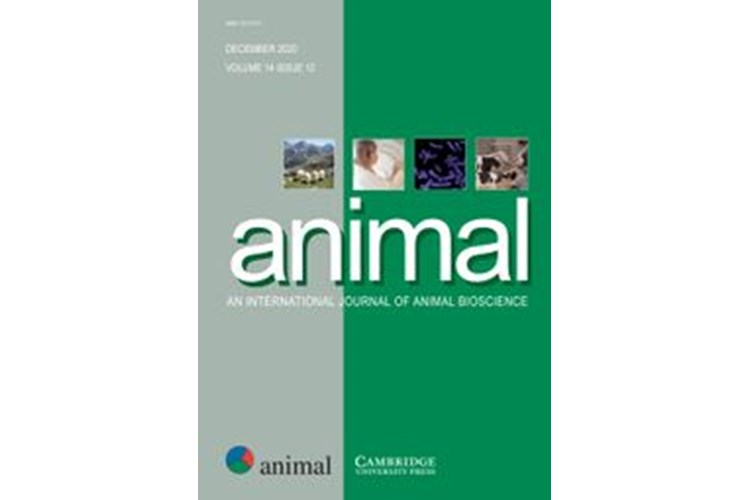
Review: Unlocking the limitations of urea supply in ruminant diets by considering the natural mechanism of endogenous urea secretion
Ruminants
Ruminants have evolved with the capability to recycle endogenous urea to the gastrointestinal tract (GIT). Ruminal ammonia derived from urea recycling makes a net contribution to digestible N flow if it is used to synthesise microbial protein. The dynamics of urea recycling and its quantitative importance to the N economy of ruminants are affected by dietary and physiological factors. In general, the transfer of endogenous urea to the GIT is related positively to blood urea concentration and rumen-fermentable energy supply and negatively to ruminal ammonia concentration. After consumption of a meal rich in rumen-degradable N, ruminal ammonia concentrations peak and can exceed the rate of carbohydrate fermentation, resulting in inefficient ammonia capture by microbes. These periods are characterised by greater ruminal ammonia efflux and reduced urea influx. A low ruminal ammonia concentration over time can stimulate recycling of endogenous urea-N to the rumen and its capture into microbial protein and reduce N excretion.

Trace mineral source influences digestion, ruminal fermentation, and ruminal copper, zinc, and manganese distribution in steers fed a diet suitable for lactating dairy cows
Ruminants
High solubility of certain trace minerals (TM) in the rumen can alter nutrient digestibility and fermentation. The objectives of the present studies were to determine the effects of TM source on 1) nutrient digestibility and ruminal fermentation, 2) concentrations of soluble Cu, Zn, and Mn in the rumen following a pulse dose of TM, and 3) Cu, Zn, and Mn binding strength on ruminal digesta using dialysis against a chelating agent in steers fed a diet formulated to meet the requirements of a high producing dairy cow. Twelve Angus steers fitted with ruminal cannulae were adapted to a diet balanced with nutrient concentrations similar to a diet for a high producing lactating dairy cow for 21 d. Steers were then randomly assigned to dietary treatments consisting of 10 mg Cu, 40 mg Mn, and 60 mg Zn/kg DM from either sulfate (STM), hydroxychloride (HTM) or complexed trace minerals (CTM). The experimental design did not include a negative control (no supplemental Cu, Mn, or Zn) because the basal diet did not meet the National Research Council requirement for Cu and Zn. Copper, Mn, and Zn are also generally supplemented to lactating dairy cow diets at concentrations
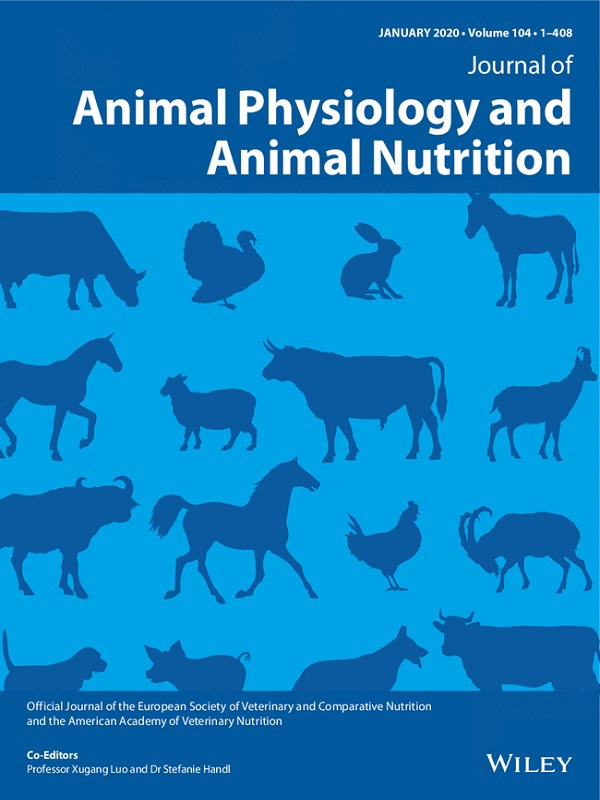
Mineral and glycerol concentrations in drinking water on body weight loss and acid-base balance in feed-deprived Holstein bulls
Ruminants
Situations in which cattle are feed-deprived over extensive periods of time are common in the context of transport and is an animal welfare concern which may also compromise growth and carcass yield grade. This study investigated how the main components of an oral rehydration solution would affect BW loss and blood parameters in feed-deprived bulls. Three dose–response experiments were performed with 24 bulls each (n = 6 per treatment) to study the effect of mineral concentration in Study I (0, 100, 200 and 300 mOsm/kg), the K+ to Na+ ratio in Study II (25:75, 40:60, 60:40 and 75:25), and glycerol concentration in Study III (0%, 1%, 2% and 4% of the final solution). The blocking factor was initial BW and treatments were randomly assigned within each block. Measurements included fluid intakes, BW, and blood parameters at 0, 24 and 48 h relative to the start of feed deprivation. In Study I, increasing mineral concentration in solution linearly decreased BW losses at 48 h. At 24 and 48 h, serum urea linearly decreased with increasing mineral concentration. At 48 h, blood K+ and Na+ linearly increased, resulting in increased blood osmolarity. Additionally, at 24 h feed deprivation, blood pH linearly increased with increasing osmolality. In Study II, BW losses decreased with i
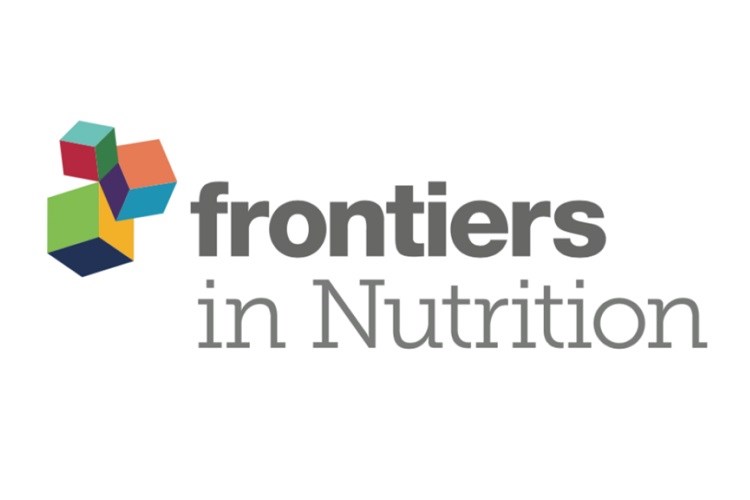
Protein Digestion Kinetics Influence Maternal Protein Loss, Litter Growth, and Nitrogen Utilization in Lactating Sows
Swine
Body protein losses in lactating sows have a negative impact on sow and litter performance. Improving dietary amino acid utilization may limit protein mobilization. The effects of dietary protein kinetics on sow body condition loss, blood plasma metabolites, and plasma insulin-like growth factor-1 (IGF-1), and also on litter gain during lactation, were investigated in this study. In total, 57 multiparous sows were fed one of three lactation diets with the same crude protein level: low level of slow protein diet (LSP) (8% slowly degradable protein of total protein), medium level of slow protein diet (MSP) (12% slowly degradable protein of total protein), or high level of slow protein diet (HSP) (16% slowly degradable protein of total protein) in a complete block design. Our results showed that HSP sows lost the least body wei
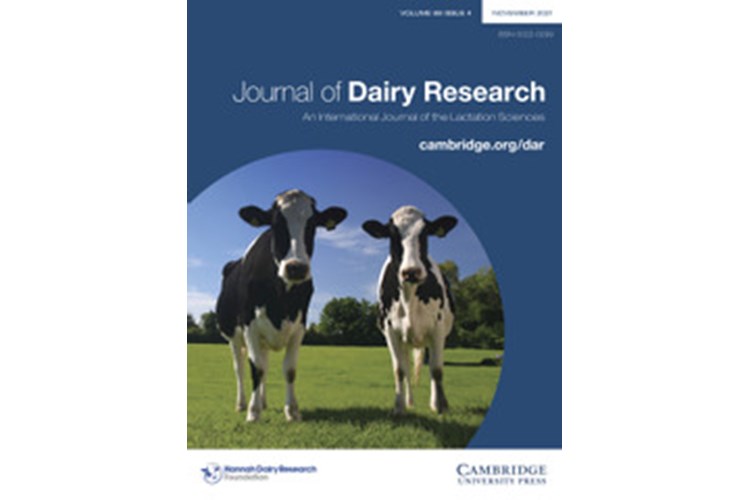
Blood calcium dynamics in cows receiving an aqueous calcium suspension for voluntary consumption or a calcium bolus following parturition
Ruminants
The form of oral calcium (Ca) supplement and the Ca source influence Ca absorption dynamics resulting in different postpartum calcemia. The objective of this study was to investigate whether an oral Ca supplement (mainly CaCO3) offered for voluntary consumption would maintain or increase postpartum blood Ca to the same degree as a Ca bolus (mainly CaCl2) providing an equivalent dose of a Ca. A total of 72 Holstein cows were blocked by expected parturition date and parity. Within each block of 3 animals, cows were randomly assigned to one of three treatments, including an oral Ca supplement offered for voluntary consumption (Ca-drink, n = 23), an oral Ca bolus (Ca-bolus, n = 24), or an untreated group (CON, n = 25). Treatments were administered once within 15
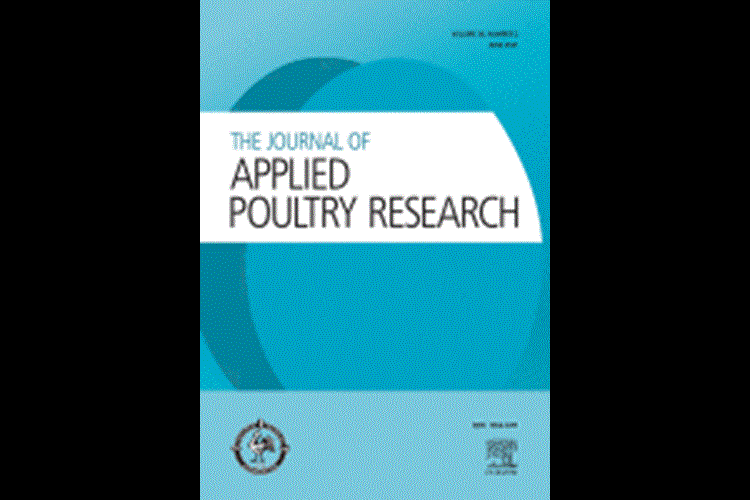
Improving broiler performance at market age regardless of stocking density by using a pre-starter diet
Poultry
Broiler early nutrition has caught the attention of nutritionists due to the positive correlation between early growth rate and market weight. Early nutrition strategies such as low Ca levels or the use of highly digestible ingredients (e.g., spray-dried porcine plasma [SDPP]) have been reported to improve gut and muscle development, immunity, and overall growth of the bird. On the other hand, recent works suggested that stocking density represents the main constrain for modern chickens to express their full genetic potential. The current study aimed to elucidate the potential effects of pre-starter feedin
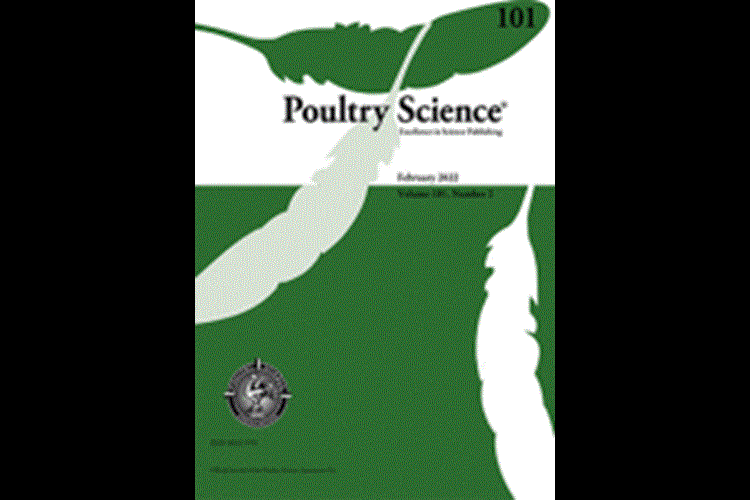
Tolerance and safety evaluation of L-glutamic acid, N,N-diacetic acid as a feed additive in broiler diets
Poultry
The novel chelator, L-glutamic acid, N,N-diacetic acid (GLDA) can be used as a dietary ingredient to safely reduce Zn supplementation in complete feed, without compromising the Zn status of farm animals. The objective of this study was to study dietary tolerance, bioaccumulation, and evaluate the safety of GLDA when supplemented in broiler diets at 0, 100, 300, 1000, 3,000, and 10,000 mg/kg. A total of 480 one-day-old Ross 308 male broilers were randomly allocated to 48 pens and fed one of the 6 experimental diets. Production performance was used to assess tolerance to the additive. At trial end, toxicity was evaluated using hematology, plasma biochemistry (n = 144) and gross necropsy (n = 48). Residue levels of GLDA were assessed in liver, kidney and breast tissue
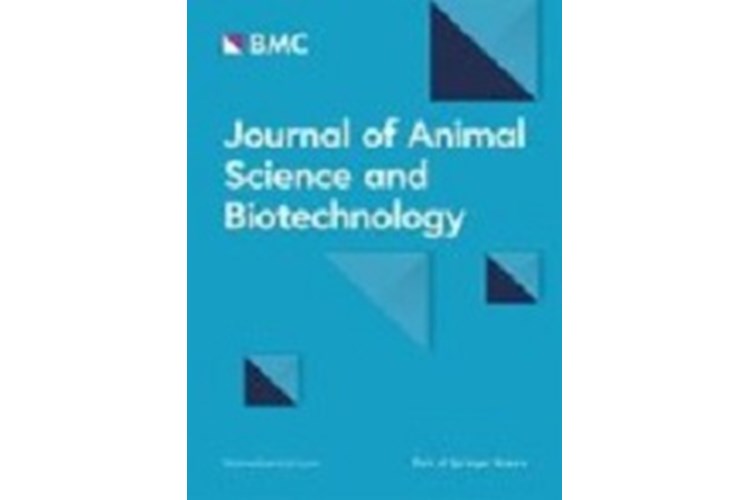
Invited review: Remediation strategies for mycotoxin control in feed
Across species
Mycotoxins are secondary metabolites of different species of fungi. Aflatoxin B1 (AFB1), deoxynivalenol (DON), zearalenone (ZEN) and fumonisin B1 (FB1) are the main mycotoxins contaminating animal feedstuffs. These mycotoxins can primarily induce hepatotoxicity, immunotoxicity, neurotoxicity and nephrotoxicity, consequently cause adverse effects on the health and perfor
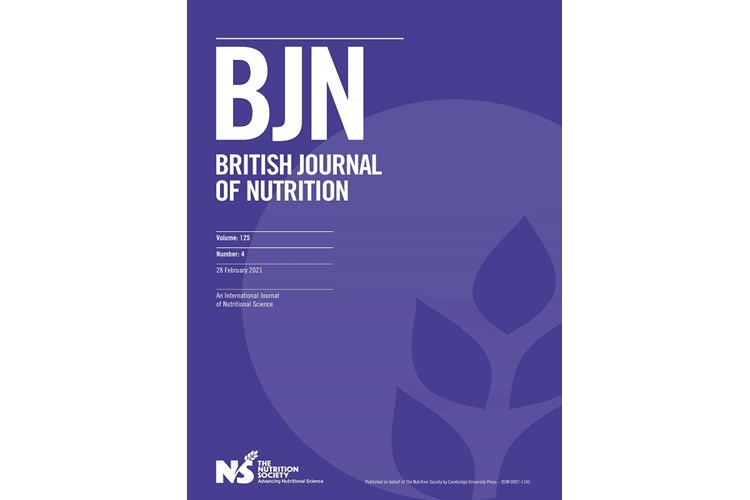
Dietary L-glutamic acid N,N-diacetic acid improves short-term maintenance of zinc homoeostasis in a model of subclinical zinc deficiency in weaned piglets
Swine
This study compared the Zn response in selected tissues of weaned piglets fed L-glutamic acid, N,N-diacetic acid (GLDA), while challenged with short-term subclinical Zn deficiency (SZD). During a total experimental period of eight days, 96 piglets were fed restrictively (450 g/d) a high phytate (9 g/kg) diet containing added Zn at 0, 5, 10, 15, 20, 25, 45 and 75 mg/kg with and without 200 mg/kg of GLDA. No animals showed signs of clinical Zn deficiency and no phenotypical differences were observed. Broken line analysis of Zn status parameters such as liver Zn and apparently absorbed Zn indicated that the gross Zn requirement threshold was around 55 mg/kg diet. Supplementation of Zn above this threshold led to a saturation of the response in apparently absorbed Zn and linear increase in liver Zn. Bone and serum Zn responded to the dose in a linear fashion, likely d



